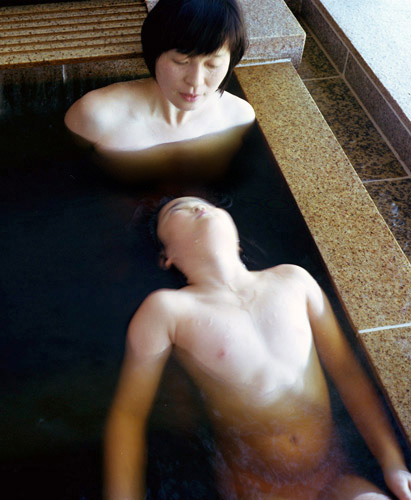 I have been a bit quiet over the past few days as I have been busy working on two exhibition projects. Last week I went to Sweden to meet with a museum who will be holding the exhibition, Tokyo Stories, which I curated last year and was shown during Paris Photo 2008 at Artcurial. The details still need to be confirmed, but I'll be posting on this again soon I'm sure.
I have been a bit quiet over the past few days as I have been busy working on two exhibition projects. Last week I went to Sweden to meet with a museum who will be holding the exhibition, Tokyo Stories, which I curated last year and was shown during Paris Photo 2008 at Artcurial. The details still need to be confirmed, but I'll be posting on this again soon I'm sure.
The exhibition that has been keeping me really busy these past few weeks (going on years) is Japan: A Self-Portrait, based on my first major project in the field of Japanese photography, the book published by Flammarion in 2004. The exhibition brings together work by the leading photographers of the postwar years, a time of radical and disruptive change for Japan and to my mind one of the richest photographic periods in the country's history. The photographers included in the show are: Ken Domon, Hiroshi Hamaya, Tadahiko Hayashi, Eikoh Hosoe, Yasuhiro Ishimoto, Kikuji Kawada, Ihee Kimura, Shigeichi Nagano, Ikko Narahara, Takeyoshi Tanuma and Shomei Tomatsu. You can find out more on the show on the Studio Equis website or on the excellent Tokyo Art Beat. The exhibition opens at the Setagaya Art Museum from 2 May to 21 June and will then travel to other venues in Japan. I hope that some of you will get a chance to see it.
Update: I just did an interview with the blog on Japanese photography, Japan Exposures.


